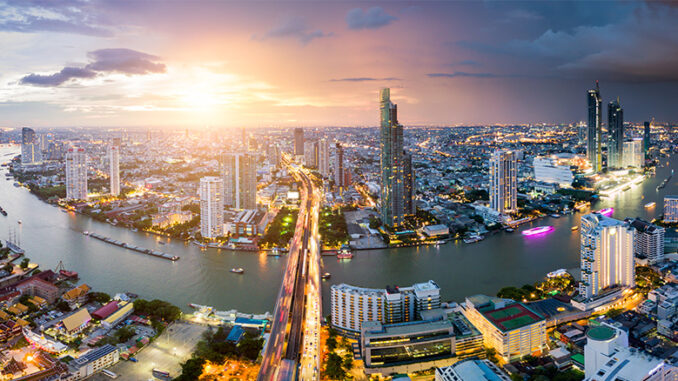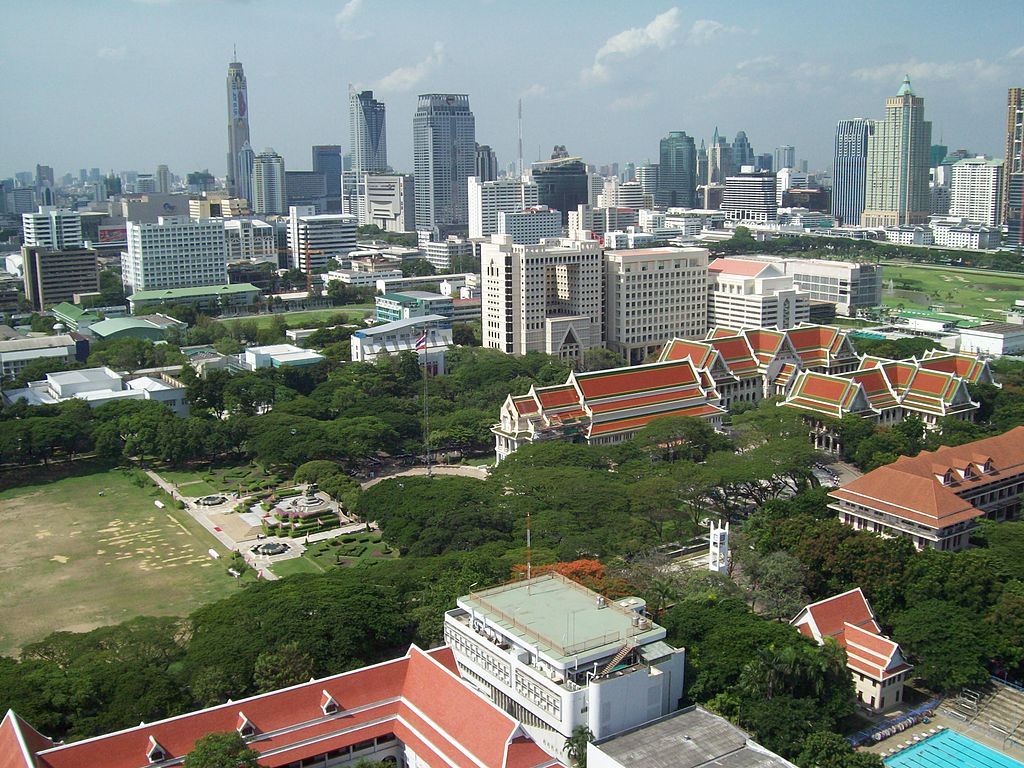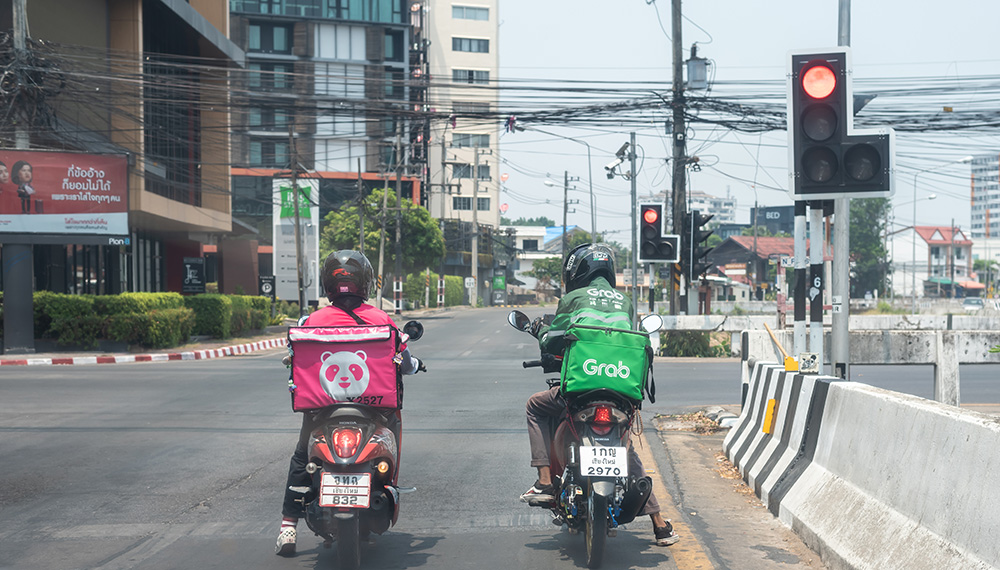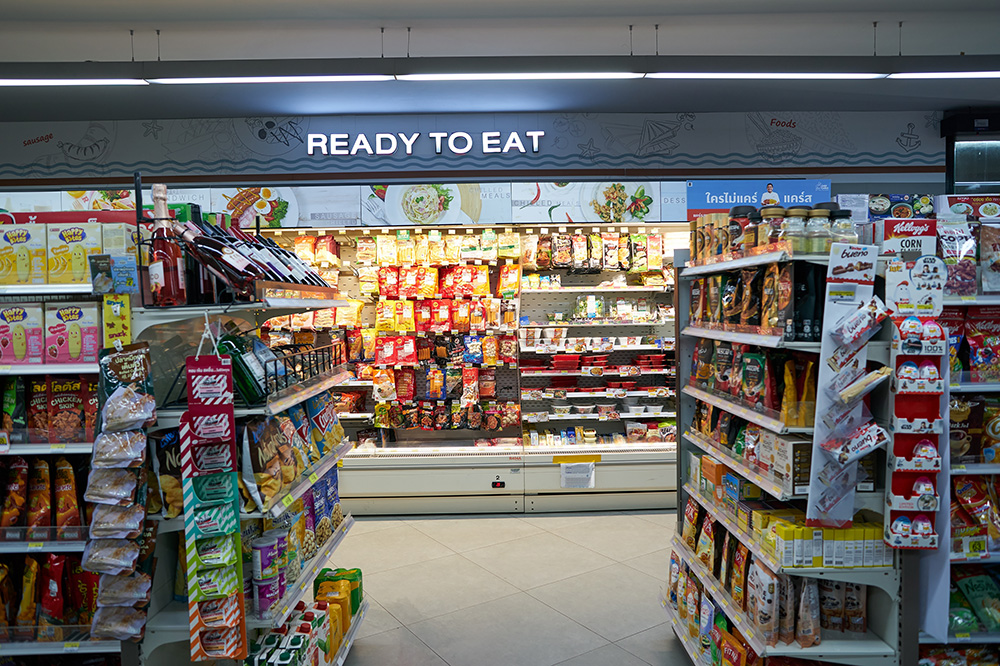
Thailand has witnessed significant transformations in its urbanization process over the past few decades, with diverse drivers shaping the country’s urban landscape. Understanding these key trends is crucial for policymakers and researchers to navigate the challenges and opportunities presented by Thailand’s urbanization process. In this article, we will delve into some of these trends and explore their implications for Thai society.
Ubiquitous Urbanization: The Changing Face of Rural and Urban Areas
Urbanization in Thailand is no longer confined to the movement of rural villagers to cities. It has evolved into a phenomenon known as ubiquitous urbanization, where urban characteristics permeate rural areas, blurring the boundaries between urban and rural spaces. This transformation is driven by factors such as globalization, digitalization, and increased mobility.
Rural communities are now adopting urban lifestyles, consumption patterns, and production methods, while urban dwellers may choose to migrate periodically or permanently to rural areas while maintaining their urban lifestyles. The presence of modern amenities like coffee shops, convenience stores, and ATM machines throughout the country exemplifies this trend. As a result, urbanization in Thailand is a complex interplay between urbanward migration and the diffusion of urban lifestyles to rural areas.

Bangkokization: Growing Cities versus Shrinking Cities
The traditional rural-urban dichotomy in Thailand is giving way to a new divide between growing cities and shrinking cities. The Extended Bangkok Metropolitan Conurbation, which stretches from Bangkok to the Eastern Economic Corridor, continues to expand and diversify. Similarly, regional centers like Chiang Mai and Khon Kaen, as well as major tourist cities like Phuket and Pattaya, are experiencing the “Bangkokization” trend of rapid growth and diversification of population and economy.
In contrast, smaller towns and cities with aging populations are witnessing a decline in both population and economy. This shift has significant implications for residents’ lifestyles, spatial inequality, infrastructure development, and public policy decision-making. It challenges policymakers to address the growing disparities between the thriving urban centers and the struggling smaller cities, ensuring that all regions benefit from the country’s urbanization process.
Suburbanization: The Growth and Decline of Urban Areas
While much attention is often given to urban centers, the suburbs and peri-urban areas in Thailand are witnessing substantial urban growth. Agricultural land surrounding cities is being transformed into built-up areas as residents embrace suburban lifestyles, while informal settlements are also increasing in the suburbs. This growth is accompanied by the decline of old commercial areas in city centers, except for tourist cities that benefit from increased tourism.
The influence of suburban and peri-urban areas extends to various facets of public policy, including the provision of utilities, local finance, and social and political dimensions. Effective management of these territories requires enhanced urban planning, systematic approaches, and local government policies to bridge existing gaps and foster further development. Balancing the needs of urban centers and suburban areas is crucial to ensure sustainable and inclusive urban growth.

Multi-Wheel Motorization: Driving Urban Expansion
Motorization has played a significant role in the expansion of urban areas in Thailand. Motorcycles, in particular, serve as a crucial mode of transport, especially for those who cannot afford private cars. However, the future of urbanism in Thailand is expected to witness a shift due to the expansion of rail transit systems and the rising popularity of electric vehicles.
While electric vehicles and transit-oriented development offer potential benefits such as reduced emissions and improved air quality, challenges need to be addressed to realize these benefits fully. For instance, the lack of mass transit development outside Bangkok poses a significant hurdle in promoting sustainable urban mobility. Additionally, issues related to parking and charging infrastructure need to be resolved to encourage the adoption of electric vehicles and reduce reliance on automobiles and motorcycles.
Urban Platformization: Digitizing Urban Life
The digital transformation of urbanism goes beyond physical space and extends to the digital realm. Online platforms are increasingly shaping various aspects of urban life in Thailand, connecting people to services and infrastructure around the clock. E-commerce platforms have revolutionized shopping experiences, while social media platforms have become integral to communication and social interactions. Moreover, ride-hailing applications have penetrated urban life in big cities, providing convenient transportation options for both local residents and tourists.
The concept of smart cities, focusing on digitalizing and platformizing urban infrastructure and services, brings both opportunities and risks. On one hand, the pervasive use of digital tools improves efficiency, convenience, and accessibility. On the other hand, it introduces new categories of threats, including cyber risks, which escalate as connectivity levels increase. Addressing these risks is vital as interconnected infrastructure becomes more prevalent, and the vulnerability to cyber threats grows. Furthermore, ensuring data privacy and cybersecurity is crucial to protect personal information and safeguard critical systems.

“Sevenization” of Urban Neighborhoods: Convenience Stores as Community Centers
The role of convenience stores in Thai urban neighborhoods is transforming community dynamics, affecting urban living and social interactions. While traditional centers like temples and fresh markets were once the heart of community life, convenience stores are emerging as indispensable community hubs. Their convenience, extended operating hours, and diverse product offerings have made them a central part of people’s daily lives.
As the number of chained convenience stores has increased to more than 16,000 stores nationwide in 2022, the number of traditional grocery stores has continued to decline. This shift has implications for social cohesion, cultural heritage, and the economic dynamics within urban communities. The growing influence of convenience stores raises questions about the impact on small businesses, community interaction, and the preservation of local traditions.
Concluding Remarks
Given the evolving context, conditions, and challenges of urbanization in Thailand, there is an urgent need to reform paradigms, systems, processes, policies, and measures related to urban development and management. This urgency arises not only from the increasing risks associated with urbanization but also from the recognition that the current paradigm and urban management system themselves pose significant risks.
Specifically, Thailand needs a strategic shift towards increasing investment proportions in both major and secondary cities outside the extended urban areas of Bangkok. This investment should not be limited solely to infrastructure development but should also encompass the growth of local economies. This includes prioritizing housing development and promoting employment opportunities for local residents. Balancing regional development and addressing spatial inequality will be crucial in ensuring inclusive and sustainable urban growth across the country.
In light of this, there is a critical need to fully support the decentralization of urban governance, particularly in the realm of local finance. An essential aspect in this process is the effective utilization of urban planning tools, specifically land use control, which should be aligned with fiscal instruments. Notably, the implementation of a comprehensive land and building tax is essential for facilitating the development and management of cities. By empowering local authorities with these tools and resources, a more efficient and sustainable urban governance framework can be established.
Apiwat Ratanawaraha
Apiwat Ratanawaraha is Associate Professor at the Department of Urban and Regional Planning, Faculty of Architecture, Chulalongkorn University.
KRSEA Issue 28, July 2024
